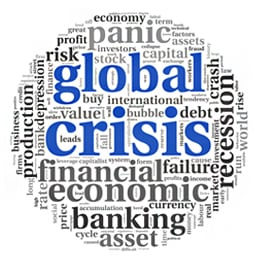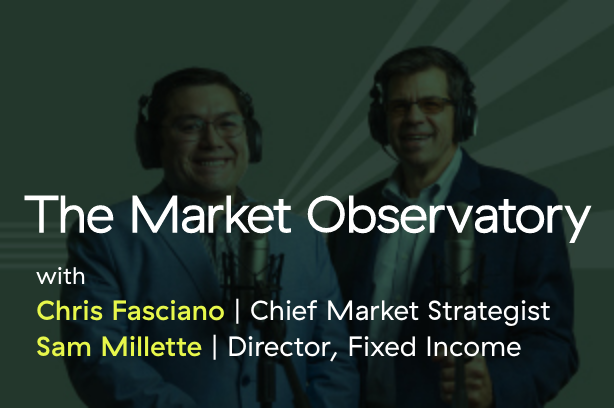I got an e-mail from a reader the other day that really bothered me. A former investigative journalist worried about where the world was heading, she sent me a list of concerns, backed up with citations from more or less reputable sources.
The concerns themselves were nothing unusual—the U.S. debt and deficit, America’s position in the world, the status of the dollar. What struck me was the writer’s absolute conviction that the entire financial/economic system is broken.














